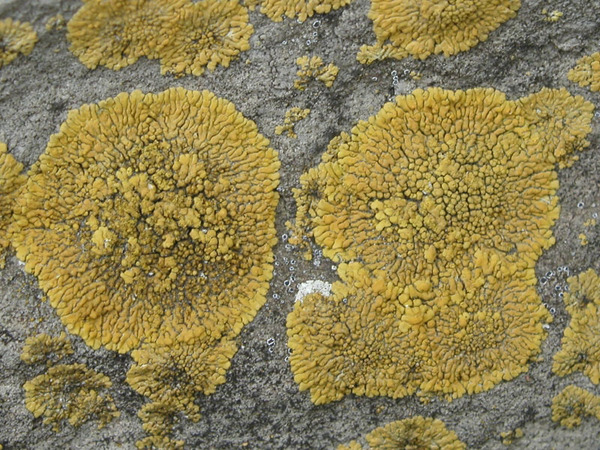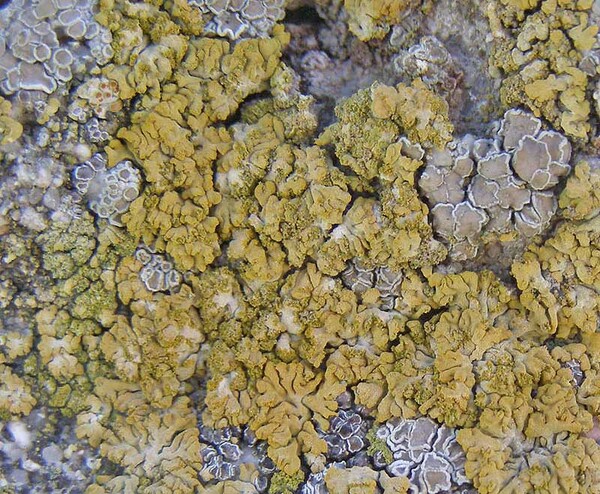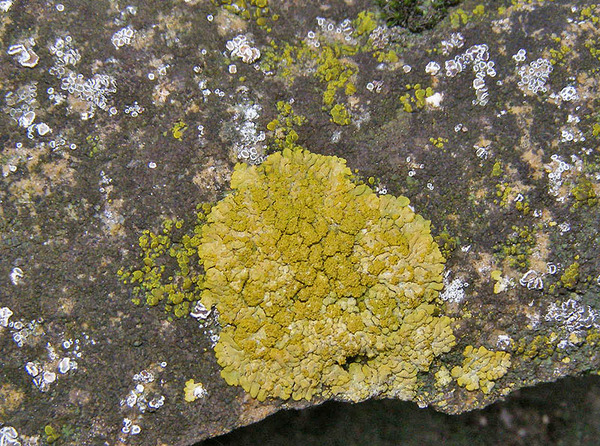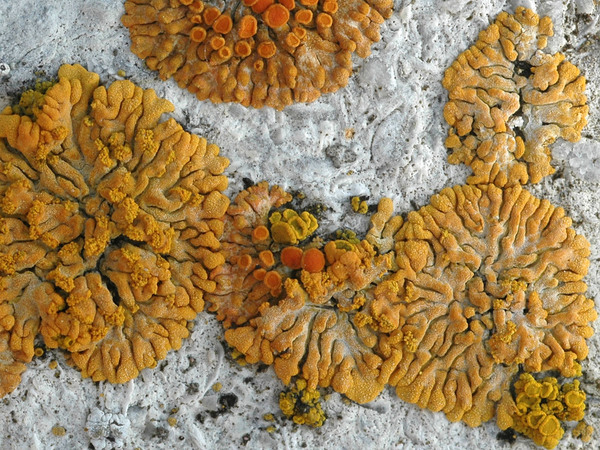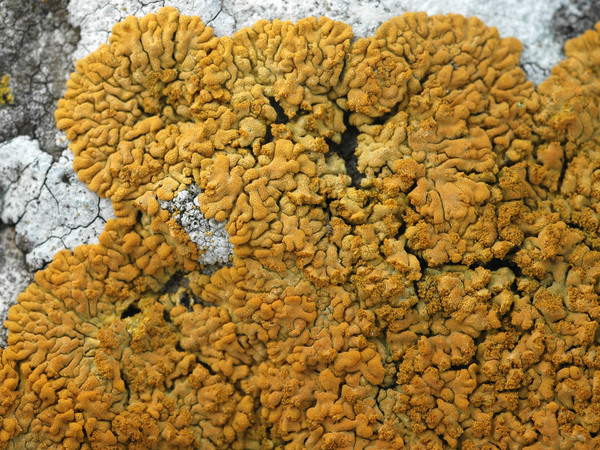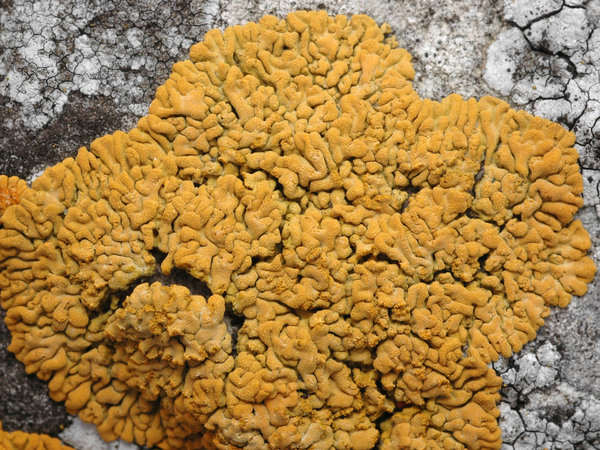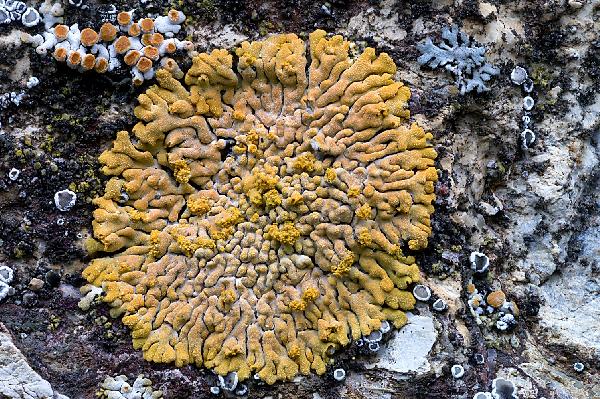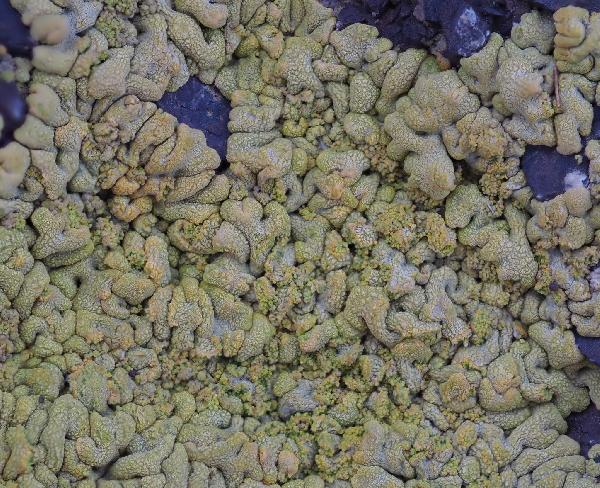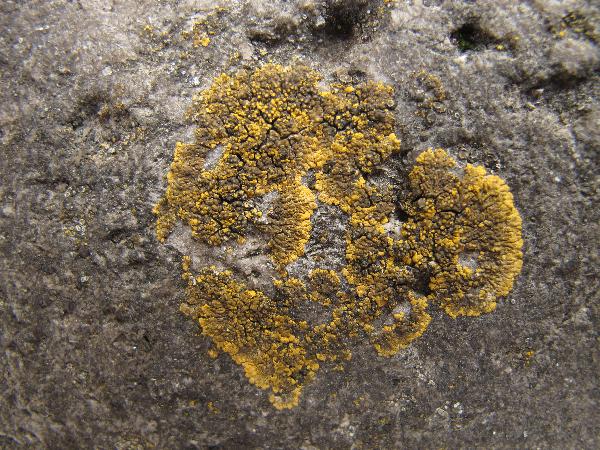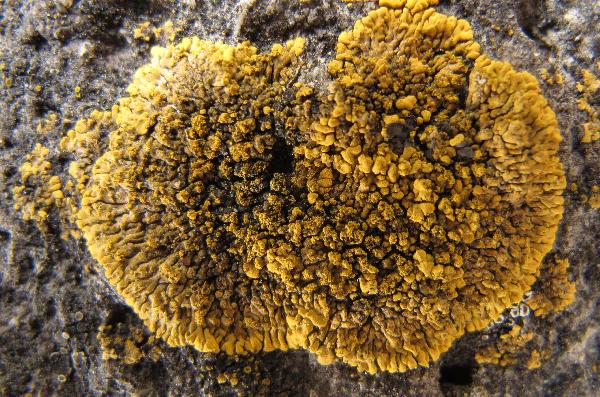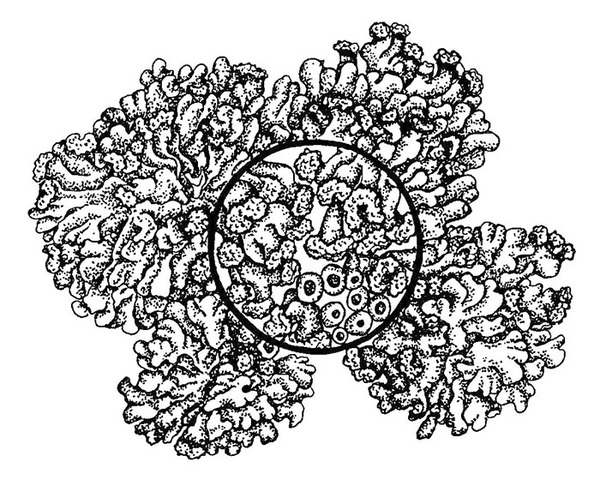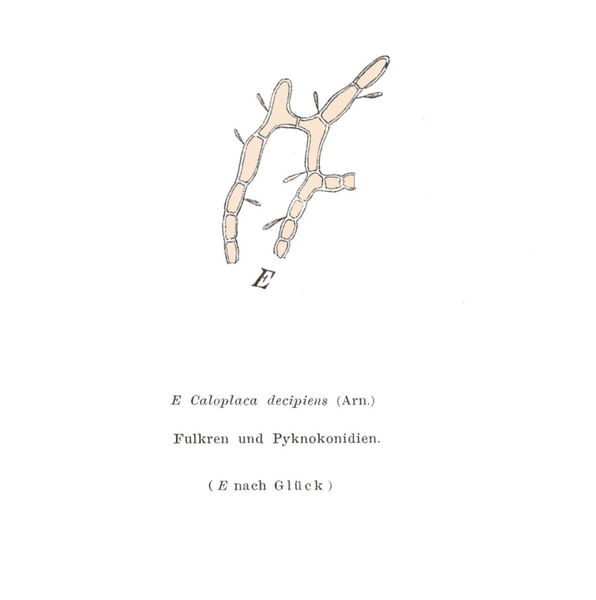Calogaya decipiens (Arnold) Arup, Frödén & Søchting
in Arup & al., Nord. J. Bot., 31: 38, 2013. Basionym: Physcia decipiens Arnold - Flora, 50: 526, 1867.
Synonyms: Amphiloma decipiens (Arnold) Bagl.; Caloplaca decipiens (Arnold) Blomb. & Forssell; Gasparrinia decipiens (Arnold) Syd.; Lecanora decipiens (Arnold) Nyl.; Placodium decipiens (Arnold) Leight.
Distribution: N - VG (vidi!), Frl (vidi!), Ven, TAA (De Benetti & Caniglia 1993), Piem (Gazzano & al. 2009b), Emil (Nimis & al. 1996, Fariselli & al. 2020), Lig. C - Tosc (Paoli & al. 2014b), Marc (Nimis & Tretiach 1999, Tretiach & Pinna 2000), Umb (Nimis & Tretiach 1999, Ravera & al. 2006), Laz, Abr (Nimis & Tretiach 1999), Mol (Nimis & Tretiach 1999, Caporale & al. 2008), Sar. S - Camp, Pugl, Bas (Nimis & Tretiach 1999), Si (Ottonello & al. 1994).
Description: Thallus crustose-placodioid, episubstratic, orange-yellow, closely attached, forming orbicular, regular, up to 3.5 cm wide rosettes. Lobes 0.5-2 mm long, 0.5-1.2 mm wide, adjacent, often pruinose, the central ones with marginal or terminal, lip-shaped to capitate, concolorous soralia bearing minutely granular soredia. Cortex cellular, 20-40 µm thick, with granules insoluble in K; medulla white, prosoplectenchymatous. Apothecia not always present, adnate, 0.4-1 mm across, orange, with a persistent, slightly raised, thick thalline margin. Epithecium orange, K+ purple-red; hymenium colourless, 55-85 µm high; paraphyses with swollen apical cells which are 2-6 µm wide; hypothecium colourless. Asci 8-spored, clavate, functionally unitunicate, apically thickened with a broad internal beak, the inner part of apex and external cap I+ blue, Teloschistes-type. Ascospores 2-celled, polarilocular, hyaline, ellipsoid, thin-walled, 10-16 x 5-8 µm, the equatorial thickening (“septum”) 1.5-3 µm (1/4-1/3 of spore length). Pycnidia immersed, the ostiole orange. Photobiont chlorococcoid. Spot tests: thallus and apothecia K+ purple-red, C-, KC-, P-. Chemistry: thallus and apothecia with parietin, fallacinal, emodin, and teloschistin. Note: a temperate, somehow subcontinental species found on calciferous substrata, especially on mortar walls, not common in most of Italy, perhaps because of its subcontinental character, but abundant, and locally extremely abundant in some dry Alpine valleys, and along the eastern slopes of the Apennines, mostly on walls in small villages, much rarer in natural habitats. The record from Venezia Giulia is at Rocca di Monrupino near Trieste, that from Friuli in the surroundings of Tarcento (UD). For further details see Gaya & al. (2001).
Growth form: Crustose placodiomorph
Substrata: rocks
Photobiont: green algae other than Trentepohlia
Reproductive strategy: mainly asexual, by soredia, or soredia-like structures (e.g. blastidia)
Subcontinental: restricted to areas with a dry-subcontinental climate (e.g. dry Alpine valleys, parts of Mediterranean Italy)
Commonnes-rarity: (info)
Alpine belt: absent
Subalpine belt: very rare
Oromediterranean belt: absent
Montane belt: extremely rare
Submediterranean belt: rather rare
Padanian area: absent
Humid submediterranean belt: rare
Humid mediterranean belt: absent
Dry mediterranean belt: absent

Predictive model
Herbarium samples
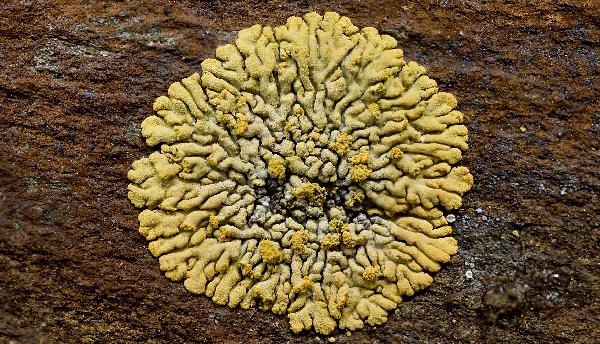
Ulrich Kirschbaum CC BY-SA 4.0 - Source: https://www.thm.de/lse/ulrich-kirschbaum/flechtenbilder
Central Europe; Germany; Bavaria; near Würzburg.
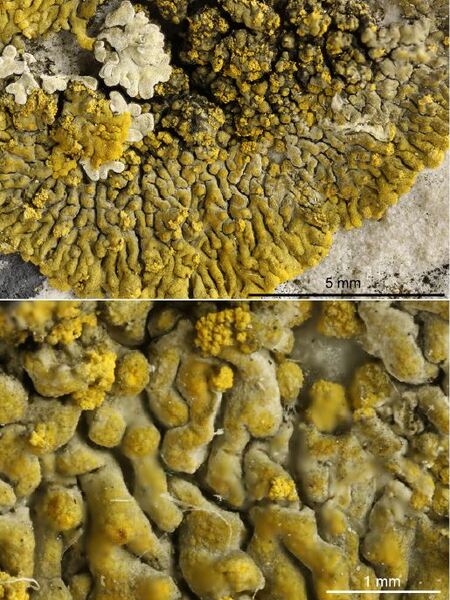

Felix Schumm – CC BY-SA 4.0
[149], Germany, Baden-Württemberg, Kreis Göppingen, Hohenstaufen, Spielburg, ca. 570 m, an südexponierten Kalkfelsen. Leg. et det. F. Schumm


Felix Schumm – CC BY-SA 4.0
[149], Germany, Baden-Württemberg, Kreis Göppingen, Hohenstaufen, Spielburg, ca. 570 m, an südexponierten Kalkfelsen. Leg. et det. F. Schumm


Felix Schumm – CC BY-SA 4.0
[149], Germany, Baden-Württemberg, Kreis Göppingen, Hohenstaufen, Spielburg, ca. 570 m, an südexponierten Kalkfelsen. Leg. et det. F. Schumm
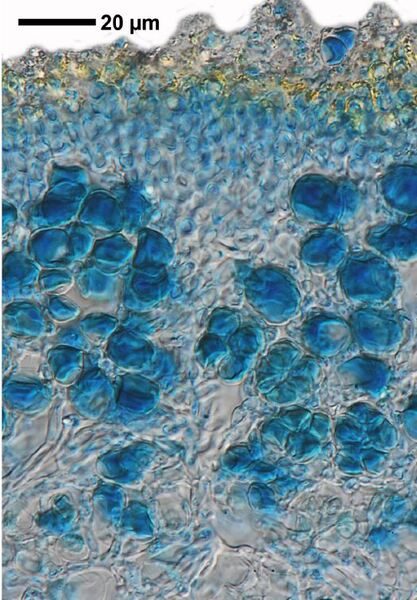

Felix Schumm – CC BY-SA 4.0
[149], Germany, Baden-Württemberg, Kreis Göppingen, Hohenstaufen, Spielburg, ca. 570 m, an südexponierten Kalkfelsen. Leg. et det. F. Schumm


Curtis Randall Björk – CC BY-SA 4.0
Idaho, Lemhi County, near the lower end of Railroad Canyon On dolomite cliff, narrow canyon at lower tree-line 2012-05-02
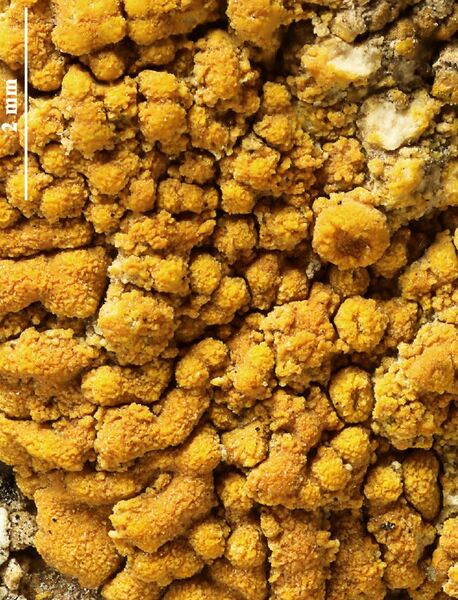

Felix Schumm - CC BY-SA 4.0
[LIAF_26], Afghanistan, Prov. Bamyan, Koh-i-Baba, Paßhöhe des Kotal-i-Devali, 66°58’ E, 34°38’ N, ca. 3000 m. Mit viel Staurothele levinae Oxner. Leg. A. Dieterle (Pod 45/3), 18.07.1970. LICHENOTHECA AFGHANICA NR. 26.
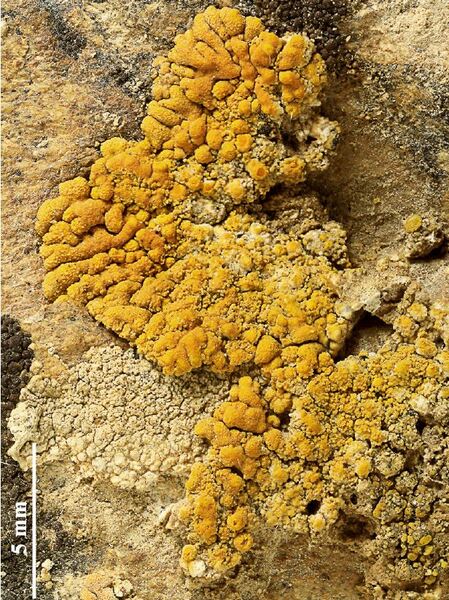

Felix Schumm - CC BY-SA 4.0
[LIAF_26], Afghanistan, Prov. Bamyan, Koh-i-Baba, Paßhöhe des Kotal-i-Devali, 66°58’ E, 34°38’ N, ca. 3000 m. Mit viel Staurothele levinae Oxner. Leg. A. Dieterle (Pod 45/3), 18.07.1970. LICHENOTHECA AFGHANICA NR. 26.
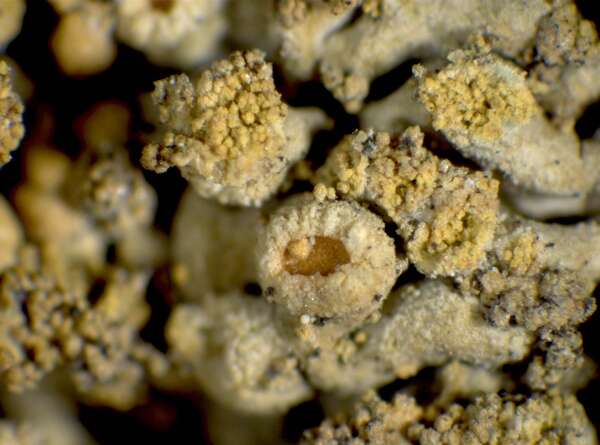

P.L. Nimis; Owner: Department of Life Sciences, University of Trieste
Herbarium: TSB (15202)
2001/12/18
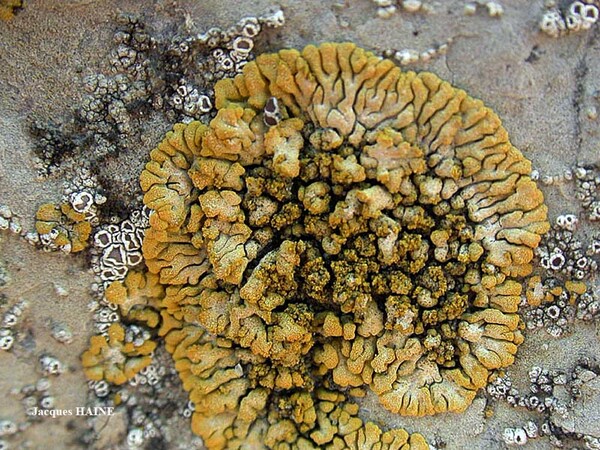
Jacques Haine - Source: http://www.lichensmaritimes.org/index.php?task=fiche&lichen=566&lang=en
France, Ardennes
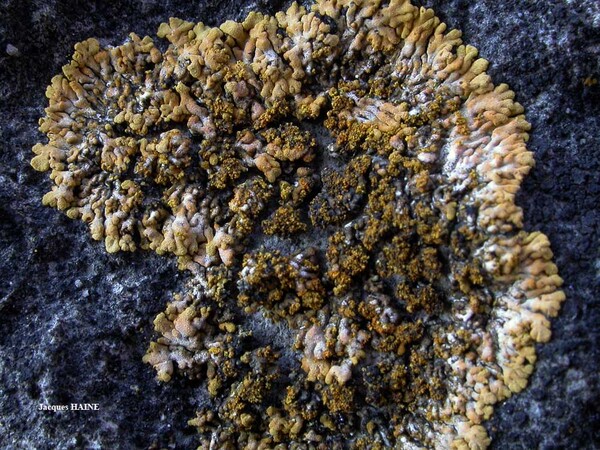
Jacques Haine - Source: http://www.lichensmaritimes.org/index.php?task=fiche&lichen=566&lang=en
France, Ardennes
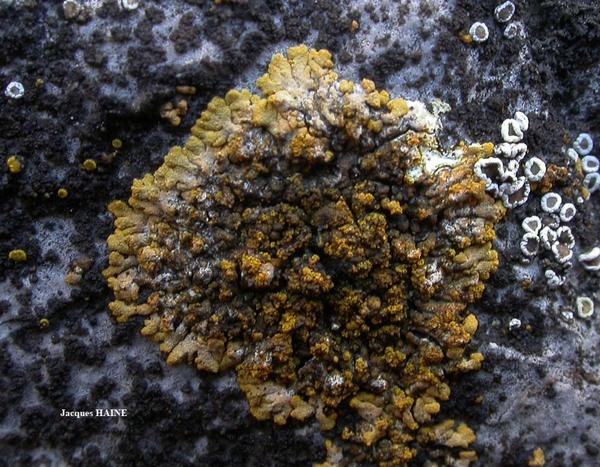
Jacques Haine - Source: http://www.lichensmaritimes.org/index.php?task=fiche&lichen=566&lang=en
France, Ardennes
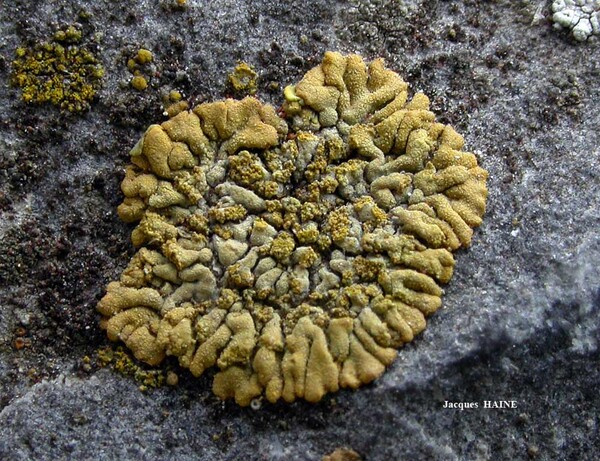
Jacques Haine - Source: http://www.lichensmaritimes.org/index.php?task=fiche&lichen=566&lang=en
France, Ardennes
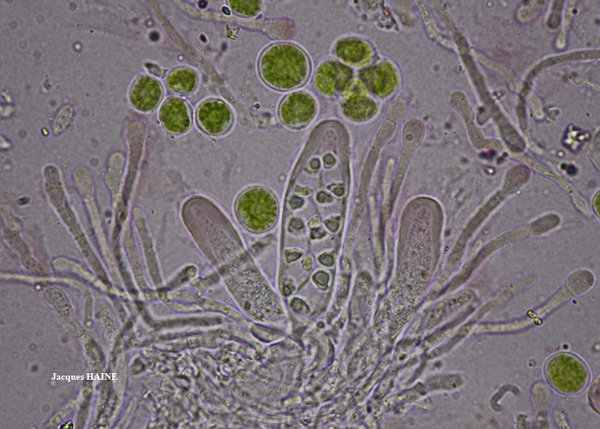
Jacques Haine - Source: http://www.lichensmaritimes.org/index.php?task=fiche&lichen=566&lang=en
France, Sur roche calcaire Drôme

Jacques Haine - Source: http://www.lichensmaritimes.org/index.php?task=fiche&lichen=566&lang=en
France, Sur roche calcaire Drôme

Bernard Bouffinier - Source: http://www.lichensmaritimes.org/index.php?task=fiche&lichen=566&lang=en
France, Provence Gréoux les bains
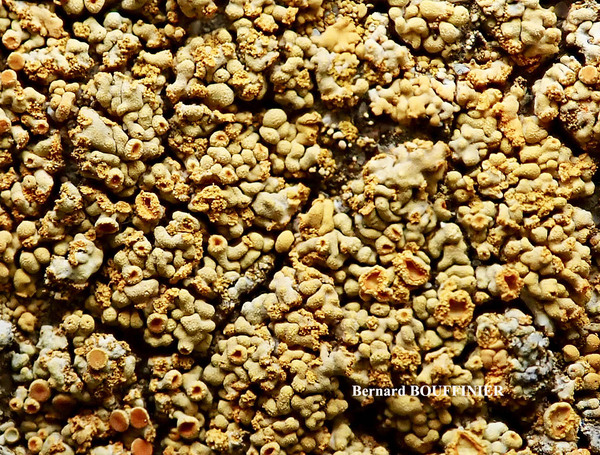
Bernard Bouffinier - Source: http://www.lichensmaritimes.org/index.php?task=fiche&lichen=566&lang=en
France, Provence Gréoux les bains
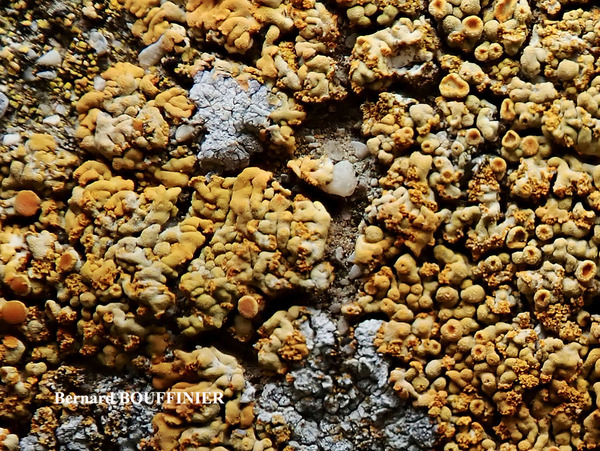
Bernard Bouffinier - Source: http://www.lichensmaritimes.org/index.php?task=fiche&lichen=566&lang=en
France, Provence Gréoux les bains
Growth form: Crustose placodiomorph
Substrata: rocks
Photobiont: green algae other than Trentepohlia
Reproductive strategy: mainly asexual, by soredia, or soredia-like structures (e.g. blastidia)
Subcontinental: restricted to areas with a dry-subcontinental climate (e.g. dry Alpine valleys, parts of Mediterranean Italy)
Commonnes-rarity: (info)
Alpine belt: absent
Subalpine belt: very rare
Oromediterranean belt: absent
Montane belt: extremely rare
Submediterranean belt: rather rare
Padanian area: absent
Humid submediterranean belt: rare
Humid mediterranean belt: absent
Dry mediterranean belt: absent

Predictive model
| Herbarium samples |

Ulrich Kirschbaum CC BY-SA 4.0 - Source: https://www.thm.de/lse/ulrich-kirschbaum/flechtenbilder
Central Europe; Germany; Bavaria; near Würzburg.


Felix Schumm – CC BY-SA 4.0
[149], Germany, Baden-Württemberg, Kreis Göppingen, Hohenstaufen, Spielburg, ca. 570 m, an südexponierten Kalkfelsen. Leg. et det. F. Schumm


Felix Schumm – CC BY-SA 4.0
[149], Germany, Baden-Württemberg, Kreis Göppingen, Hohenstaufen, Spielburg, ca. 570 m, an südexponierten Kalkfelsen. Leg. et det. F. Schumm


Felix Schumm – CC BY-SA 4.0
[149], Germany, Baden-Württemberg, Kreis Göppingen, Hohenstaufen, Spielburg, ca. 570 m, an südexponierten Kalkfelsen. Leg. et det. F. Schumm


Felix Schumm – CC BY-SA 4.0
[149], Germany, Baden-Württemberg, Kreis Göppingen, Hohenstaufen, Spielburg, ca. 570 m, an südexponierten Kalkfelsen. Leg. et det. F. Schumm


Curtis Randall Björk – CC BY-SA 4.0
Idaho, Lemhi County, near the lower end of Railroad Canyon On dolomite cliff, narrow canyon at lower tree-line 2012-05-02


Felix Schumm - CC BY-SA 4.0
[LIAF_26], Afghanistan, Prov. Bamyan, Koh-i-Baba, Paßhöhe des Kotal-i-Devali, 66°58’ E, 34°38’ N, ca. 3000 m. Mit viel Staurothele levinae Oxner. Leg. A. Dieterle (Pod 45/3), 18.07.1970. LICHENOTHECA AFGHANICA NR. 26.


Felix Schumm - CC BY-SA 4.0
[LIAF_26], Afghanistan, Prov. Bamyan, Koh-i-Baba, Paßhöhe des Kotal-i-Devali, 66°58’ E, 34°38’ N, ca. 3000 m. Mit viel Staurothele levinae Oxner. Leg. A. Dieterle (Pod 45/3), 18.07.1970. LICHENOTHECA AFGHANICA NR. 26.


P.L. Nimis; Owner: Department of Life Sciences, University of Trieste
Herbarium: TSB (15202)
2001/12/18

Jacques Haine - Source: http://www.lichensmaritimes.org/index.php?task=fiche&lichen=566&lang=en
France, Ardennes

Jacques Haine - Source: http://www.lichensmaritimes.org/index.php?task=fiche&lichen=566&lang=en
France, Ardennes

Jacques Haine - Source: http://www.lichensmaritimes.org/index.php?task=fiche&lichen=566&lang=en
France, Ardennes

Jacques Haine - Source: http://www.lichensmaritimes.org/index.php?task=fiche&lichen=566&lang=en
France, Ardennes

Jacques Haine - Source: http://www.lichensmaritimes.org/index.php?task=fiche&lichen=566&lang=en
France, Sur roche calcaire Drôme

Jacques Haine - Source: http://www.lichensmaritimes.org/index.php?task=fiche&lichen=566&lang=en
France, Sur roche calcaire Drôme

Bernard Bouffinier - Source: http://www.lichensmaritimes.org/index.php?task=fiche&lichen=566&lang=en
France, Provence Gréoux les bains

Bernard Bouffinier - Source: http://www.lichensmaritimes.org/index.php?task=fiche&lichen=566&lang=en
France, Provence Gréoux les bains

 INDEX FUNGORUM
INDEX FUNGORUM
 GBIF
GBIF
 DOLICHENS
DOLICHENS
